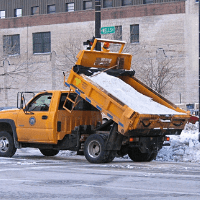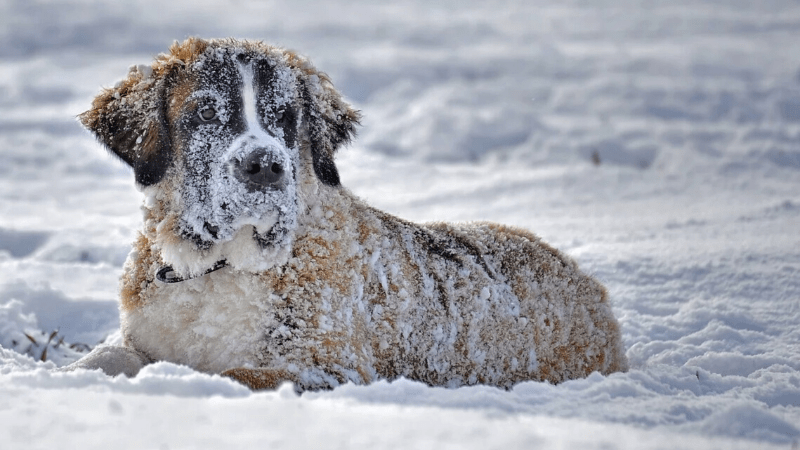Driveways and sidewalks are icy! 🥶Have you laid out salt yet? Rock salt and other de-icing compounds are great for melting that slippery ice that is hazardous to anyone walking, but they can also be dangerous for pets. In today’s post, we are going to highlight the risks of salt on driveways and sidewalks and discuss ways to keep your pets safe.
❄️Allow 5 minutes to read full post ❄️
Salt Burns
Some of our pets will tolerate wearing cute little booties in the winter, but most dogs and cats are bare-pawed when they explore the snow-covered outdoors. When pets walk directly on salt (or salty slush), their paw pads can become dry and cracked, making walking very uncomfortable. The salt crystals will cling to their paws and can also cause irritation, redness, inflammation and burning.
Salt Poisoning
Protect Your Pet
Make sure to monitor your pets outside to ensure that they aren’t consuming any of the salt that has been laid down. Humans can track in salt after walking outdoors, so keep indoor mats and shoes clean. Also make sure to keep bags of de-icing compounds out of reach of your pet.
If your pet is exhibiting any signs of salt poisoning, call your vet or the Animal Poison Control Center (APCC) immediately. The phone number for the APCC is 888-426-4435.
De-Ice Without Rock Salt
- Stay on top of shoveling and snow-blowing. The more proactive you are with clearing snow and ice from outdoor surfaces, the less likely it is that you’ll need to de-ice.
- Go at ice the old-fashioned way — use an ice pick! This can be hard work, but it clears ice without any chemicals. It’s cold out there, but you’ll probably work up a sweat while clearing ice!
- Purchase a “pet-friendly” de-icer — these are usually made of sand, mixed with a small amount of salt. Keep in mind that most of the “pet-friendly” kinds of de-icers still contain chemicals that can cause GI upset in pets. Pet owners who use these types of ice melts should still keep a close eye on their pets to prevent any accidental ingestion.
- Lay out snow-melting mats — these can be put down on walkways, stairs, and driveways. Mats can be purchased at home stores like Bed Bath & Beyond and Home Depot, and online on sites like Amazon.
- Sprinkle sand or chicken grit on icy areas. This won’t melt the snow, but it can provide some traction to anyone walking. These materials can still get stuck in pet paw pads, so make sure to thoroughly clean your pet’s feet after they come inside.








